Minor Scales
A minor scale (its full denomination should be natural minor scale) is a scale is which we have semitones between intervals 2 and 3, and between intervals 5 and 6. The other intervals are a full tone. Following the rule that we apply to the major scales, with whole and half, the minor scale should be w-h-w-w-h-w-w. Let’s take an example. We are going to write the A natural minor scale. We put the 7 notes beginning with A, and we correct interval distances when needed, using sharp notes. A B C D E F G That was pretty easy, right? As a matter of fact, we didn’t have to alter any note. Does it remind you of something? That’s right, the C major scale doesn’t have any alteration either. This is because these two scales, C major and A minor, are actually the same thing seen through a different[…]
Read More
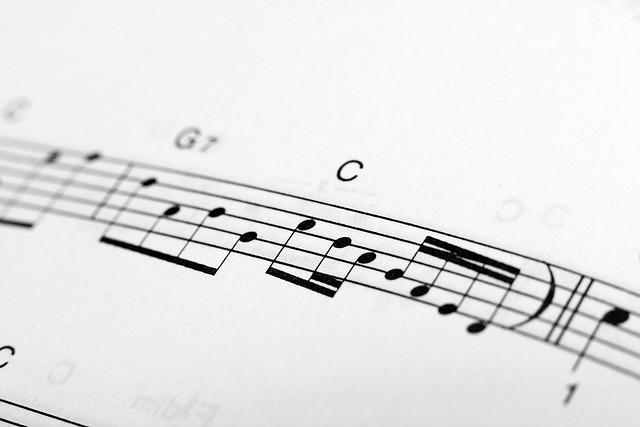
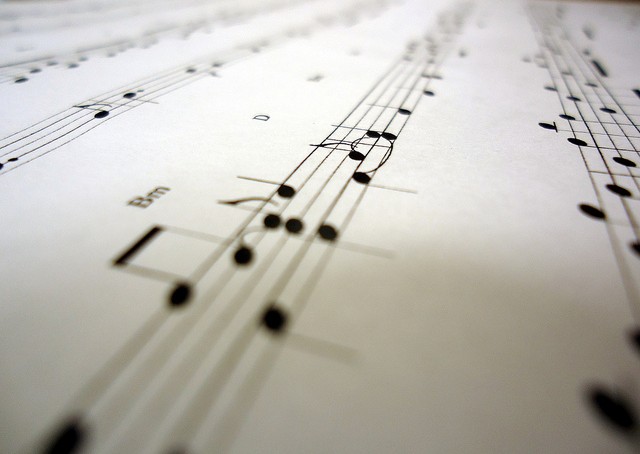

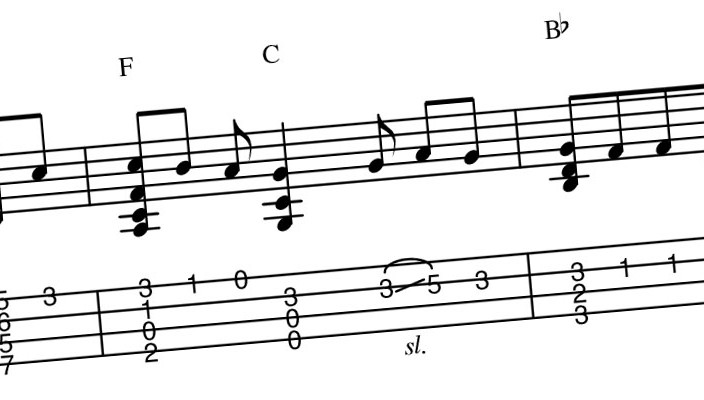
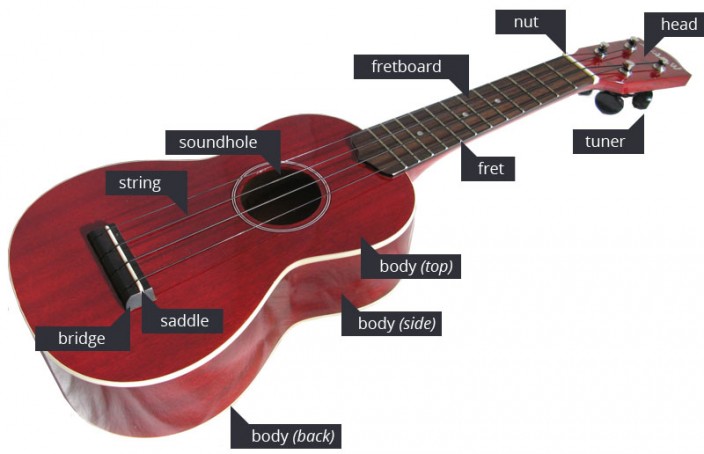
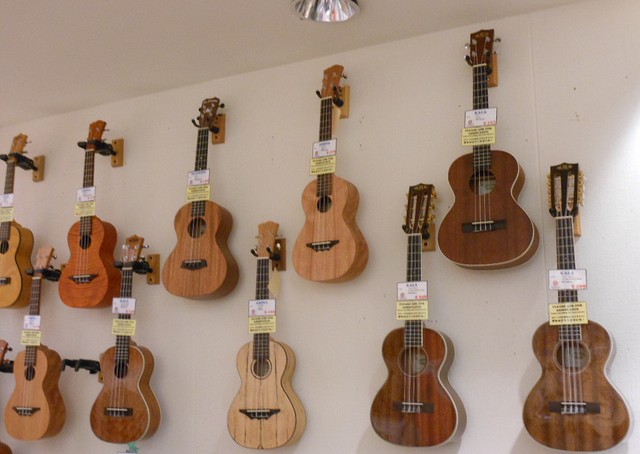


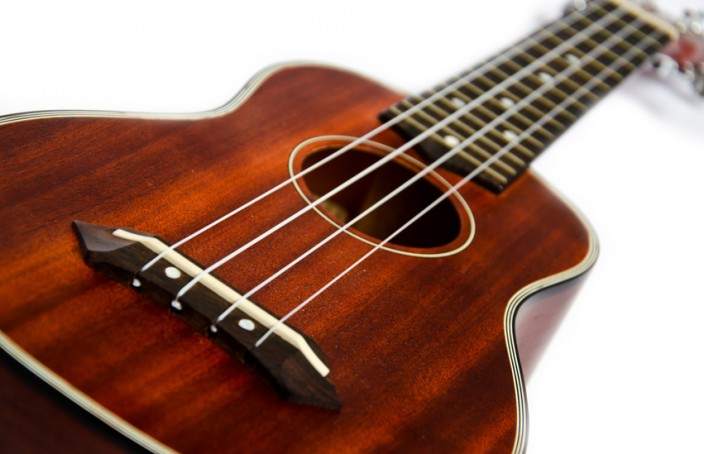
No comments yet.
Add your comment